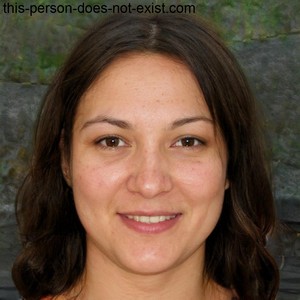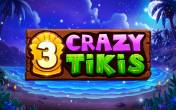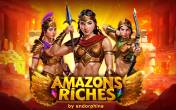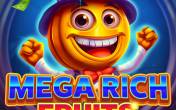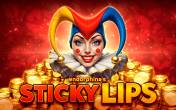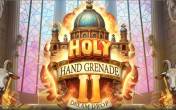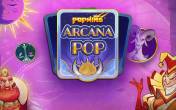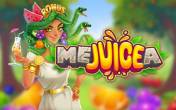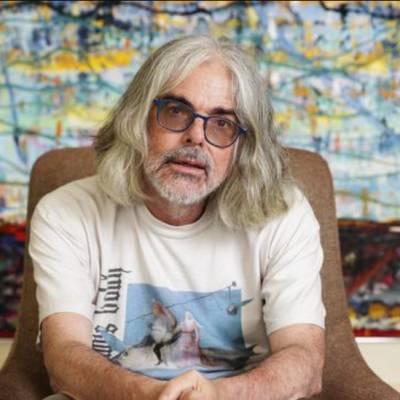
David Walsh
Childhood
David Walsh was born in Hobart, Tasmania, into a Roman Catholic working-class family. The youngest of three children, he attended Dominic College and later studied mathematics and computer science at the University of Tasmania in 1979 before dropping out.
A sickly child with asthma, Walsh found solace in books, including astronomy and Isaac Asimov’s science fiction, which fueled his intellectual curiosity. His early exposure to gambling came through card games and blackjack, where his mathematical aptitude gave him an edge.
Career
Gambling Beginnings
Walsh’s professional gambling career took off after meeting Zeljko Ranogajec at the University of Tasmania. Together, they formed a betting syndicate that used statistical models to exploit inefficiencies in horse racing and casino games.
- 1980s–1990s: Walsh and Ranogajec expanded into international gambling, including blackjack in Las Vegas and Asia, refining card-counting strategies before being banned from multiple casinos.
- 2009: His syndicate won $16–17 million during the Melbourne Cup Carnival, one of his biggest gambling coups.
- Bank Roll Syndicate: Their operation, known as "Bank Roll," became one of the world’s largest betting syndicates, handling billions annually.
Art & Business Ventures
- 1995: Purchased Moorilla Estate, a winery in Tasmania, initially as an art warehouse before transforming it into a cultural hub.
- 2011: Opened MONA, Australia’s largest private museum, after a $75 million renovation. It became a major tourist attraction, winning the 2012 Australian Tourism Award.
- 2014: His memoir, A Bone of Fact, details his unorthodox life.
Personal life
Marriages: Married twice—first to an unnamed spouse, then to artist Kirsha Kaechele in 2014.
Children: Three children from different relationships, including one with Kaechele.
Philosophy: A self-described "rabid atheist," Walsh blends skepticism with a fascination for mortality, as seen in his controversial bet on artist Christian Boltanski’s life expectancy.
Revenue
Estimated Net Worth (2025): $200 million, primarily from gambling, MONA, and investments.
Major Wins:
- $11 million from a single Melbourne Cup bet (2003).
- $16–17 million during the 2009 Melbourne Cup Carnival.
Tax Dispute: In 2012, the Australian Tax Office demanded $37 million in unpaid taxes from his gambling profits, which were later resolved.
Interesting facts
Betting on Death: In 2009, Walsh made a macabre wager with artist Christian Boltanski—paying him monthly until death. If Boltanski died within eight years, Walsh would "win" by paying less than the artwork’s value.
MONA’s Unconventional Art: Features exhibits like a machine that digests food into feces (Cloaca Professional) and a wall of vulva sculptures.
Australia Day Honour: Awarded Officer of the Order of Australia (AO) in 2016 for contributions to art and culture.
Legacy
Walsh revolutionized gambling through mathematical models and reshaped Australia’s art scene with MONA. His legacy blends high-stakes risk-taking with avant-garde cultural patronage.
Frequently asked Questions
Through advantage gambling—using mathematical models in horse racing and blackjack—and later through MONA and investments.
He no longer gambles actively but built his wealth on early betting successes.
Winning $16–17 million during the 2009 Melbourne Cup Carnival.
Its exhibits challenge norms, featuring themes of sex, death, and bodily functions.
Approx. $200 million as of 2025.

